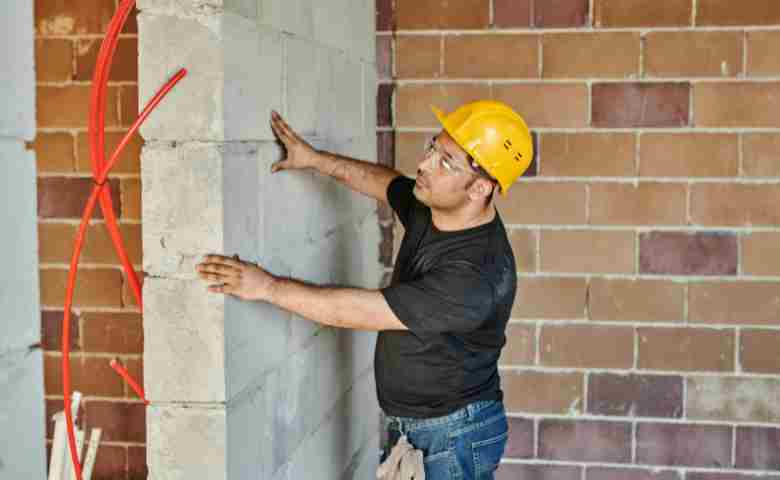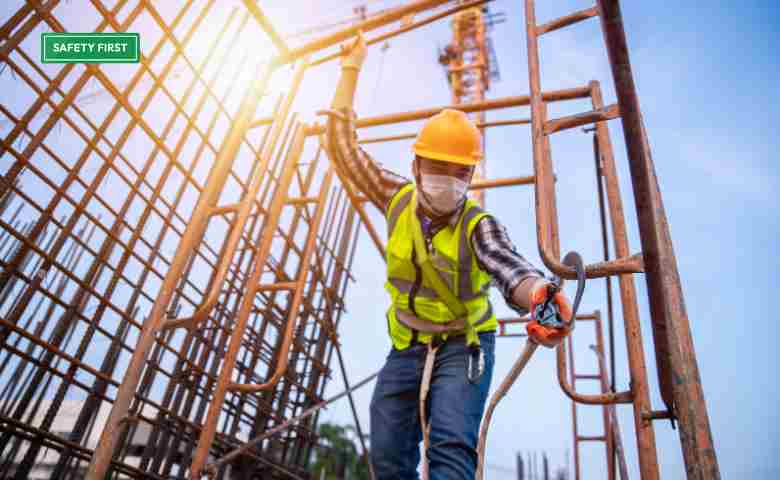Last Updated on October 28, 2024 by Admin
In recent years, the construction industry in the United Kingdom has witnessed significant changes in building safety regulations. This has come after the Grenfell Tower tragedy, which has seen landlord certificates under The Building Safety Act to be implemented to allow landlords to carry out remediation.
The introduction of new laws and amendments aims to enhance the safety of both occupants and construction professionals. As someone involved in the construction sector, whether you are a contractor, developer, or landlord, understanding these regulations is crucial to ensuring compliance and avoiding potential legal pitfalls.

Table of Contents
Key Components of the Building Safety Regulations
1. Enhanced Safety Measures
Safety is at the heart of the new regulations. The emphasis is on implementing robust safety measures during both construction and post-construction phases. This includes ensuring proper fire safety systems, structural integrity, and ongoing maintenance checks.
2. Accountability and Transparency
The regulations also place a significant focus on accountability. Developers and contractors must maintain comprehensive records of safety measures and inspections. This documentation is crucial in demonstrating compliance in the event of an inspection or audit.
3. Regular Inspections and Maintenance
Regular inspections are mandated to ensure that all safety protocols are being adhered to. Scheduled maintenance is essential to address any potential issues before they escalate into significant risks.
4. Community and Stakeholder Engagement
Fostering open communication with stakeholders, including residents, local authorities, and construction teams, is imperative. Engaging with the community ensures that everyone involved is aware of the safety measures in place and any potential disruptions due to construction activities. This transparency helps build trust and reinforces the commitment to safety.
Effective Strategies for Compliance
Navigating the regulatory environment necessitates adopting effective strategies. Here are some key approaches:
- Stay Informed: Regularly update yourself on the latest regulatory changes.
- Engage Professionals: Employ experienced professionals who understand the nuances of building safety.
- Invest in Training: Ensure all team members are trained in the latest safety protocols.
By following these strategies, you can mitigate risks and maintain a safe construction environment. Stay tuned for more detailed insights on how to implement these strategies effectively in the second part of this blog post.
Technological Integration to Improve Building Safety
Incorporating technology can significantly simplify compliance with building safety regulations. Utilising advanced software solutions for tracking and documentation can streamline processes, ensuring that all safety measures are recorded accurately.
Innovations in building information modelling (BIM) and digital twins are proving invaluable for visualising and managing safety compliance. These technologies allow for real-time updates and modifications, making it easier to adhere to regulatory standards.

Navigating the Legal Implications of Building Safety
Understanding the legal implications of building safety regulations is critical. Non-compliance can lead to serious consequences, including legal action and financial penalties.
Therefore, it is advisable to regularly consult with legal experts specialising in construction law. This will ensure that your projects adhere to the necessary legal requirements and help prevent any unforeseen complications.
Embracing a Safety-First Culture
The journey to navigating building safety regulations is ongoing, requiring constant attention and adaptation. However, by fostering a safety-first culture within your organisation, you can significantly reduce the risks associated with construction projects.
Promoting safety as a core value involves more than just adhering to regulations. It requires a proactive approach, where safety is prioritised at every stage of a project. Encourage open dialogue about safety concerns, provide ongoing training for all team members, and celebrate achievements in safety compliance.
Ultimately, embracing a culture of safety not only protects the well-being of all involved but also enhances your reputation in the industry. As the construction landscape continues to evolve, staying informed and adaptable will be key to navigating the complexities of building safety regulations successfully. By doing so, you contribute to a safer, more sustainable future in construction.
Please be advised this article is for informational purposes only and should not be used as a substitute for advice from a trained legal professional. Please seek the advice of a legal professional if you’re facing issues regarding building safety.
Related Posts:
- Prioritizing Health and Safety: The Keystone of Construction Industry Success
- How Smart Helmets and Wearable Tech Are Revolutionizing Safety on Construction Sites
- How Writing Can Help Support Your Mental Health
- Interesting Facts About How Composite Materials Are Manufactured


